How Plastics Are Poisoning Us – the New Yorker
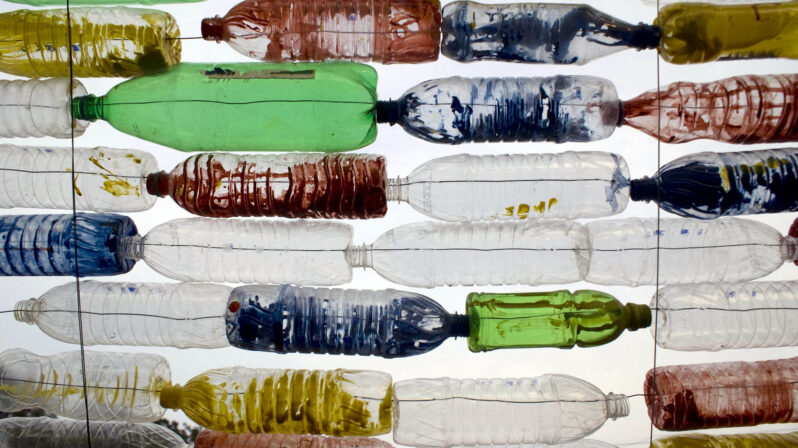
They both release and attract toxic chemicals, and appear everywhere from human placentas to chasms thirty-six thousand feet beneath the sea…How worried should we be about what’s become known as “the plastic pollution crisis”? And what can be done about it? These questions lie at the heart of several recent books that take up what one author calls “the plastic trap…”
AP Photos In Sri Lanka, Fishers Suffer as Sea Erosion Destroys Homes and Beaches – AP
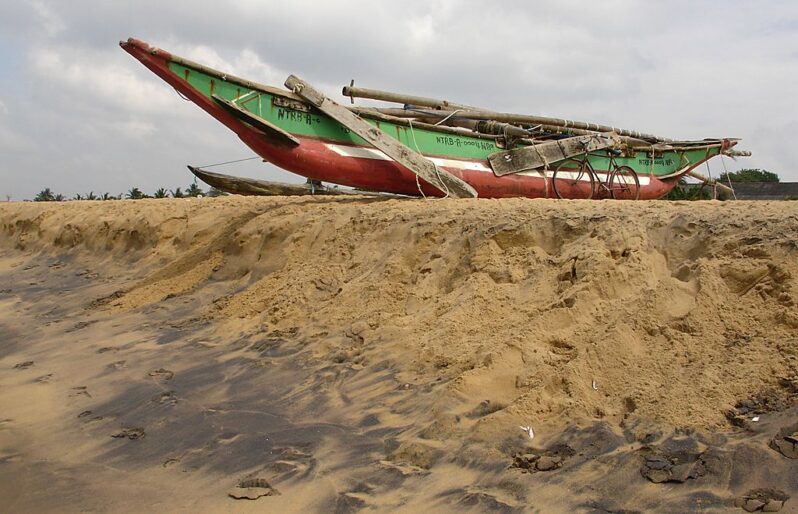
Ranjith Sunimal Fernando now has a shell of a home at the edge of Sri Lanka’s coast, lost to the sea. Waves lap past the broken walls into damaged, empty rooms.
“One night last month, my son went to the bathroom and I suddenly heard him screaming, ‘our house has gone into the sea!’,” said Fernando, a 58-year-old fisher born and raised in Iranawila, about 80 kilometers (50 miles) north of the capital, Colombo…
St. Johns County receives $59 million for coastal protection, ‘managed retreat’ – First Coast News
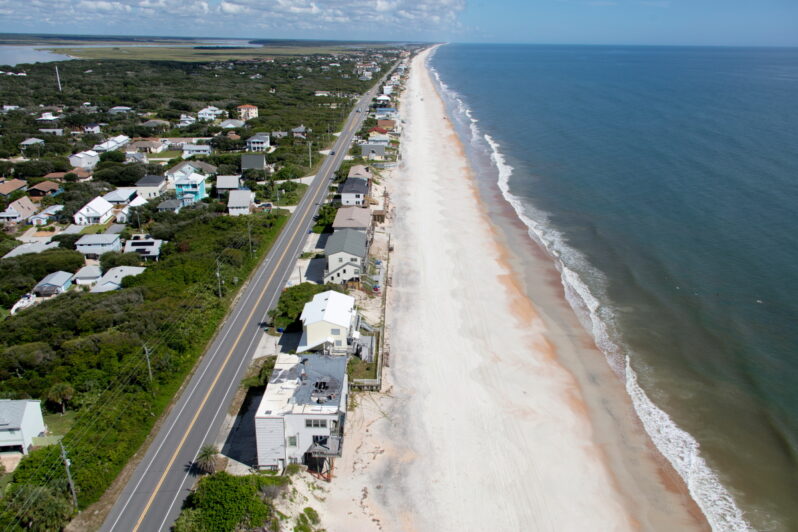
Other funded projects include a railroad overpass in Nocatee and erosion control in North Ponte Vedra Beach.
With Gov. Ron DeSantis putting pen to paper in signing the state’s budget for the fiscal year Thursday, St. Johns County received $59 million — the largest amount of state appropriations the county has ever received and far more than the $12.4 million it got last year…
The Disappearing Beach – NJ.com
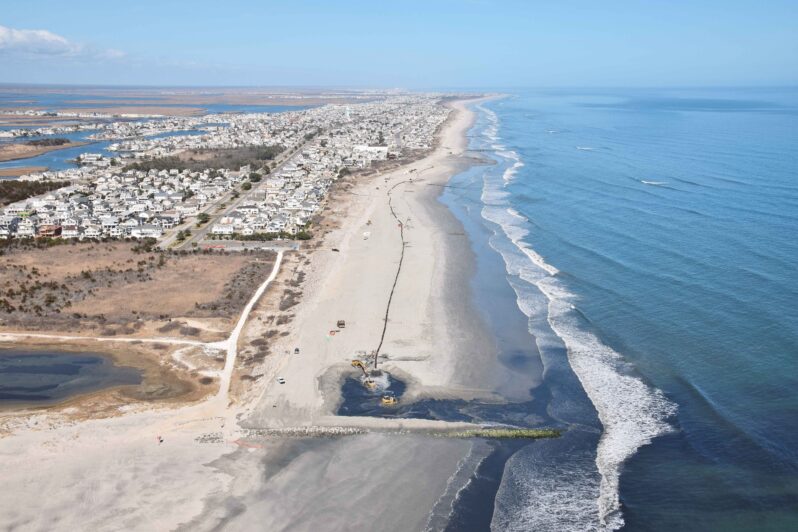
More than $2.6 billion has been spent dumping sand onto the Jersey Shore. Was it worth it?
Waves lap up against the narrow shore of North Wildwood as Patrick Rosenello straightens his sunglasses, and leans against the steel seawall, the soft sand crumbling beneath his tan dress shoes.
Quiet as he is, the mayor doesn’t have to utter a word about how important the tiny specks of sediment are to the resort town. His navy sweater vest says it all.
The municipality’s seal features two dolphins flanking the phrase “Sun and Sand.”
The ‘Sisyphus of Trash’ Struggles to Clean Relentless Waves of Plastic From a New York Island’s Beaches – Inside Climate News
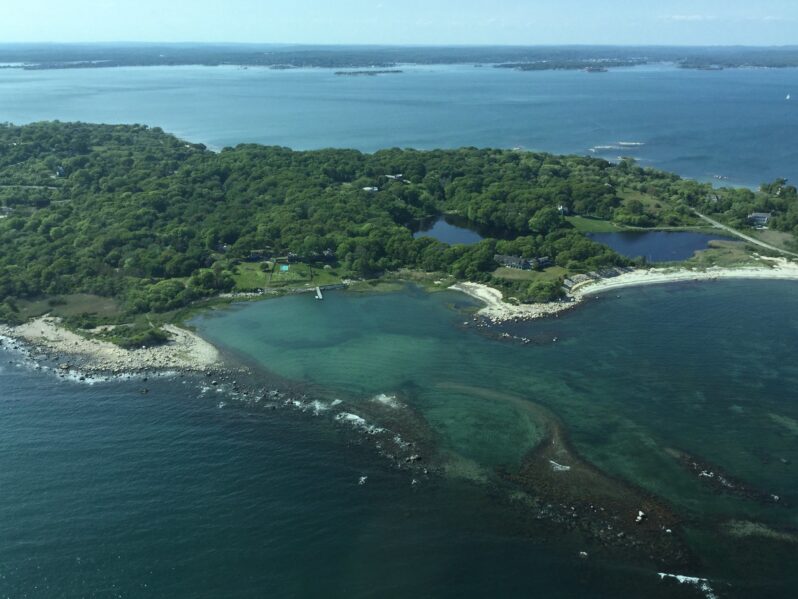
Michele Klimczak’s passion for cleaning the beaches of Fishers Island led to a full-time, year-round job, but she still can’t keep up with the flood of plastic waste.
In just three years, Michele Klimczak has picked, hauled, weighed, documented and sorted more than 32,000 pounds of garbage from the shores of Fishers Island, New York. She finds plastics stamped with product expiration dates going back two decades washed up all around the roughly four square mile stretch of land in the Long Island Sound…
Coastal Flooding Will Be More Extensive Sooner than Scientists Thought – Hakai Magazine
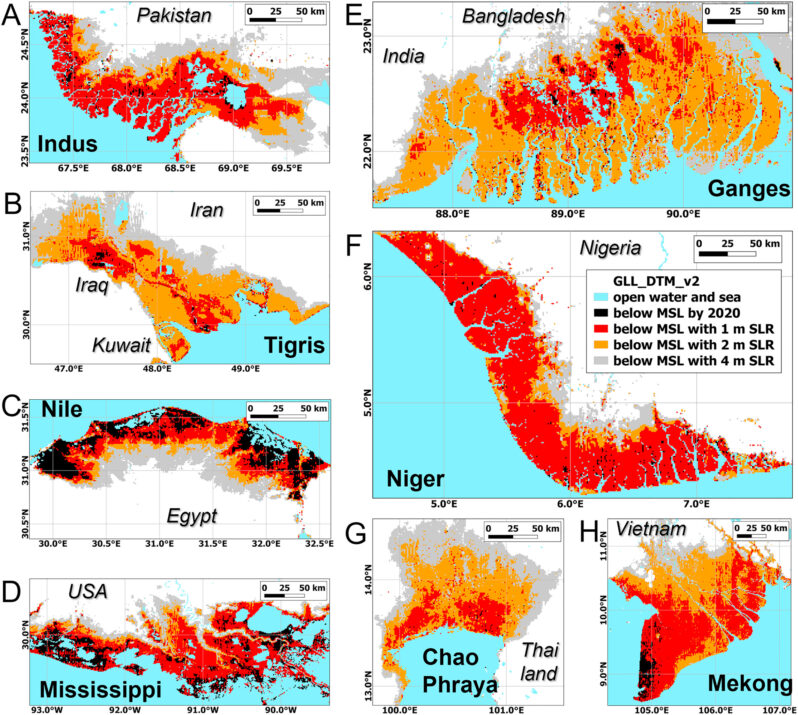
Updated, more accurate data gives a new look at the effects of sea level rise.
Around the world, communities are bracing for sea level rise: the Netherlands is stabilizing its dikes, Senegal is relocating neighborhoods, Indonesia is moving its entire capital city. These projects are hefty, expensive, and slow…
The Bay Area faces an imminent threat from sea level rise — but it’s different from what you think – San Francisco Chronicle
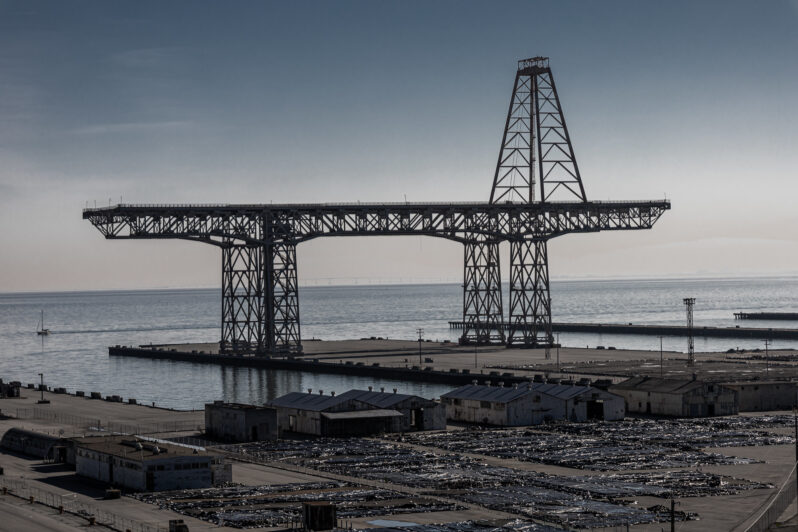
Dangerous chemicals hiding in the ground around the Bay Area are due to be released by groundwater as it’s pushed closer to the surface with sea level rise, a new study has found. In many cases, it can happen without warning as cancer-causing volatile compounds escape into schools and homes, experts say…
“Groundwater rise and sea level rise are gradual processes that are accelerating,” said Kristina Hill, associate professor at UC Berkeley’s College of Environmental Design, lead author of the study. “It’s a problem tomorrow, and it’s a problem today…”
Audio: Vienna museum uses tilted paintings to spark climate conversations – Yale Climate Connections

The ‘A Few Degrees More’ exhibition at the Leopold Museum shows how disruptive a few degrees can be.
The Atlantification of the Arctic Ocean Is Underway – Hakai Magazine
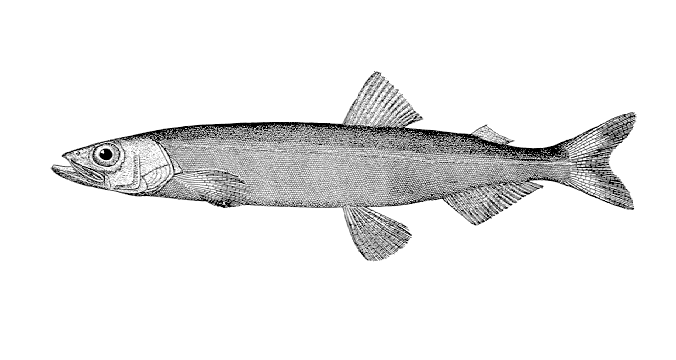
In the Fram Strait off Greenland’s west coast, Véronique Merten encountered the foot soldiers of an invasion.
Merten was studying the region’s biodiversity using environmental DNA, a method that allows scientists to figure out which species are living nearby by sampling the tiny pieces of genetic material they shed, like scales, skin, and poop. And here, in a stretch of the Arctic Ocean 400 kilometers north of where they’d ever been seen before: capelin.
And they were everywhere…
